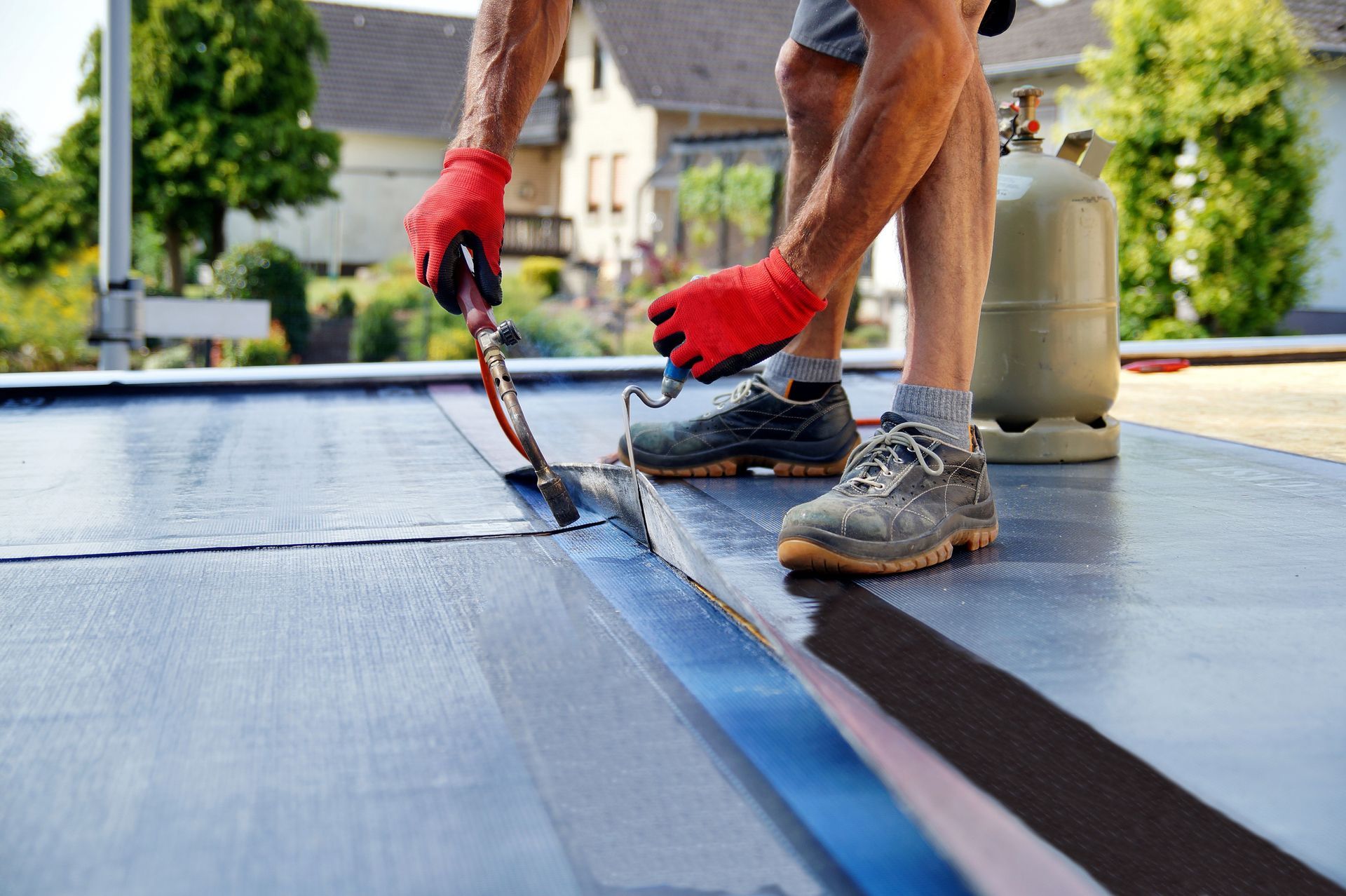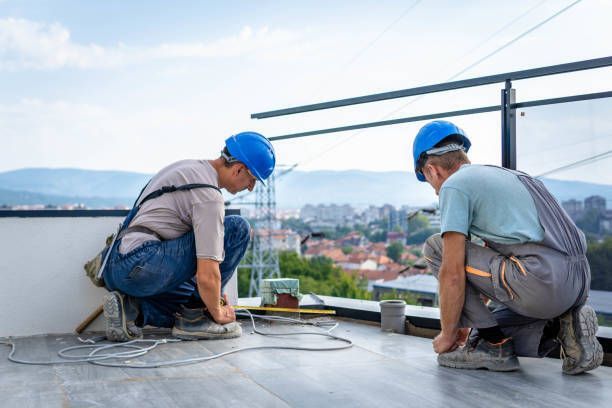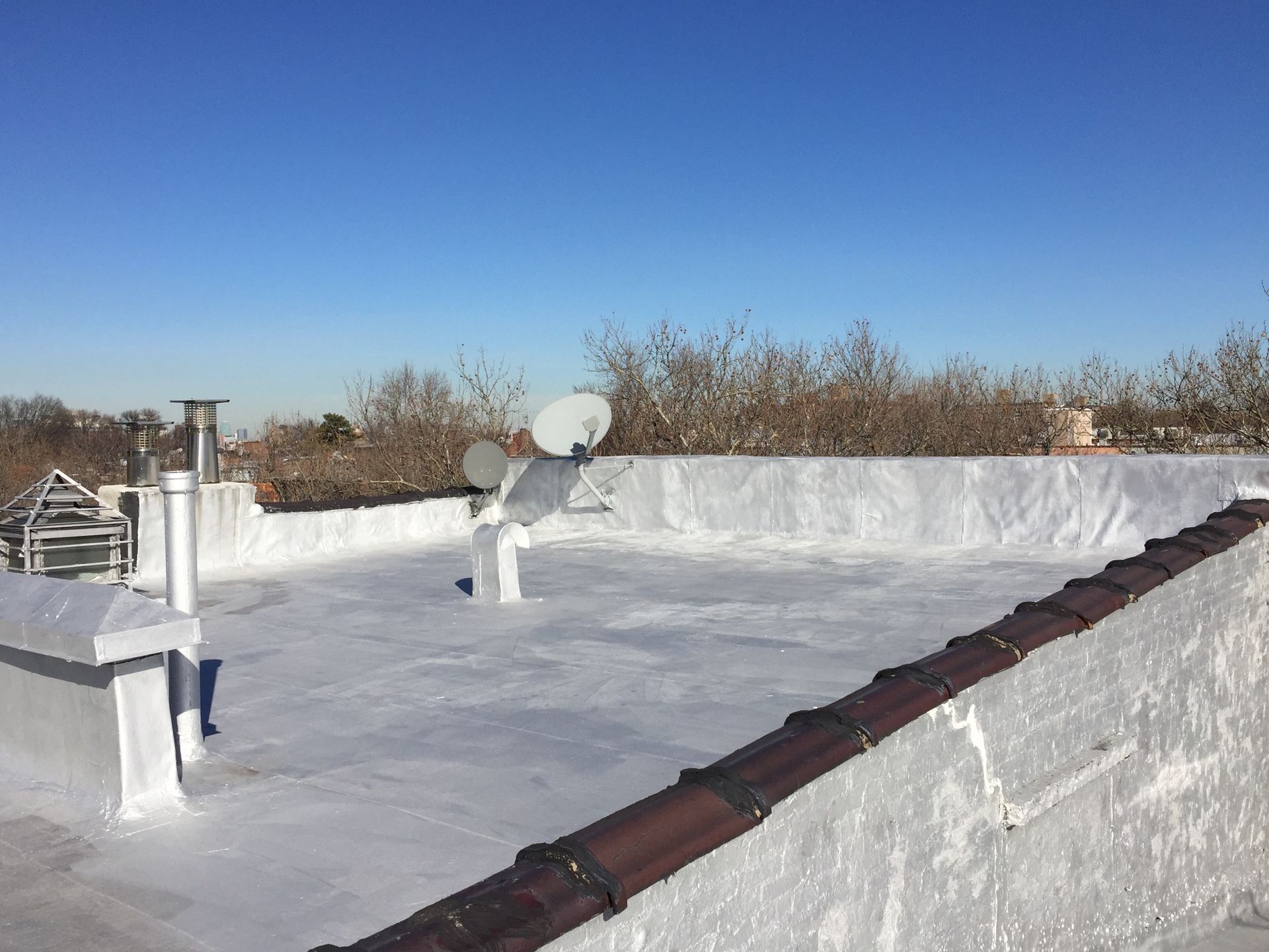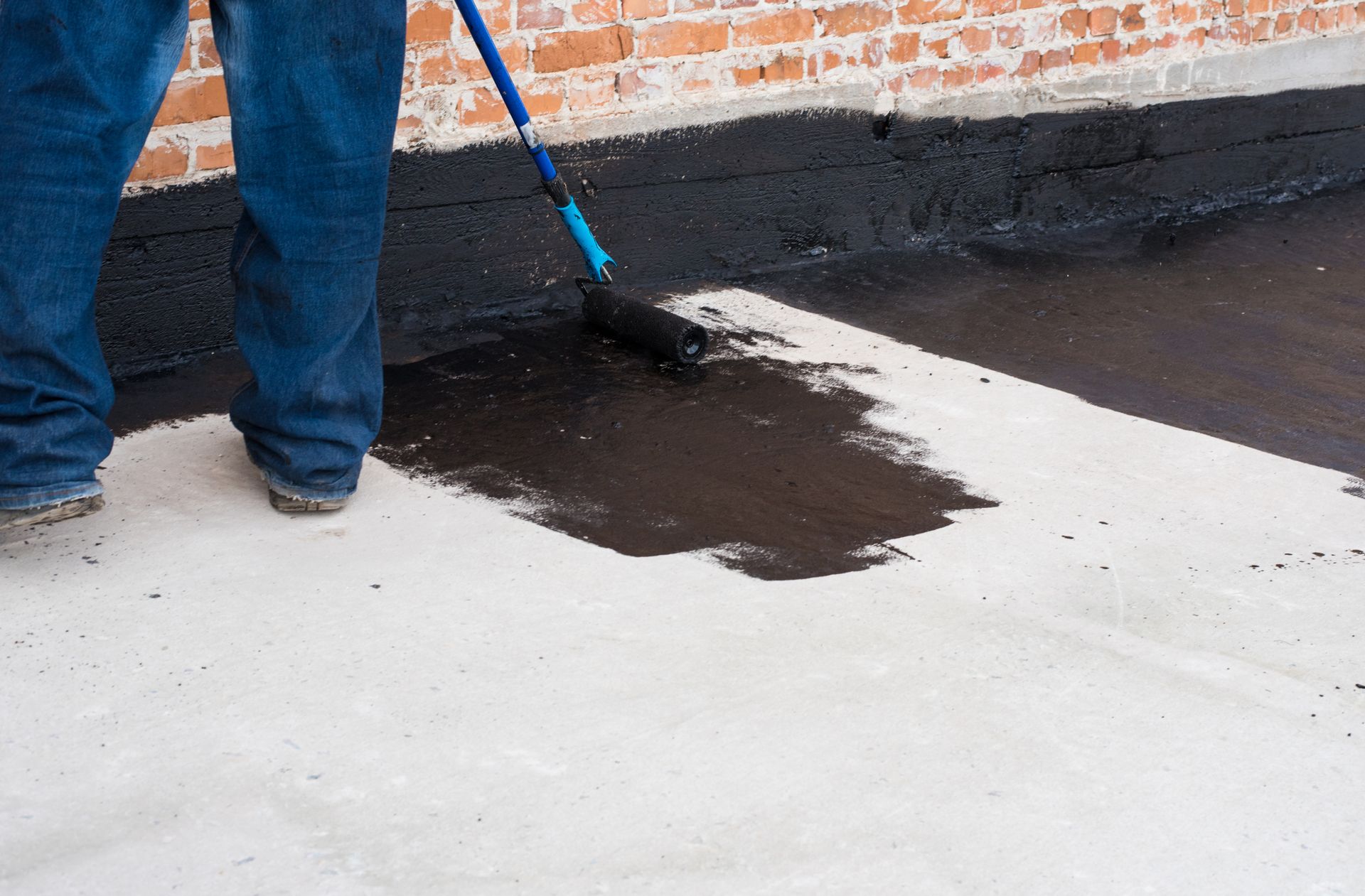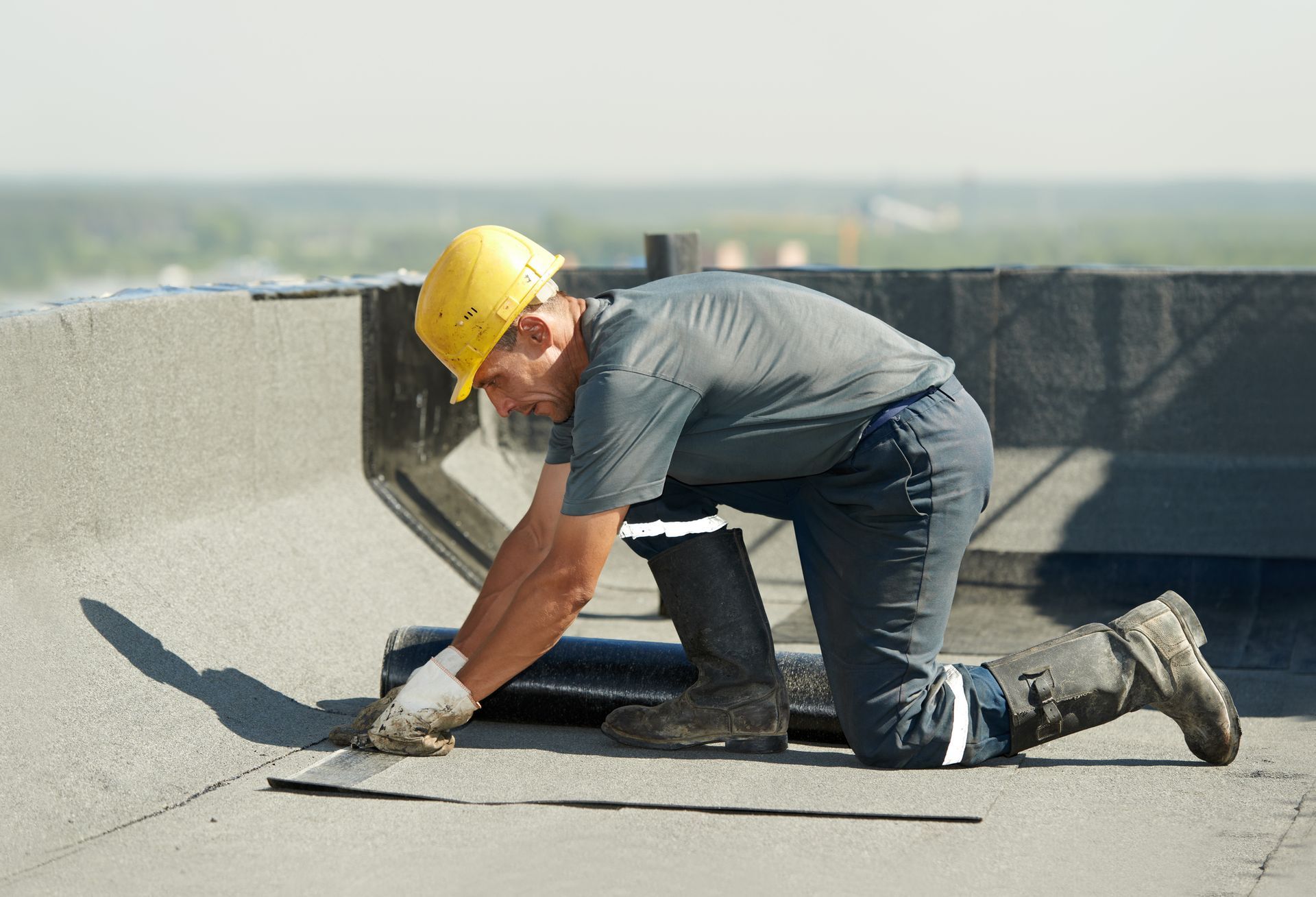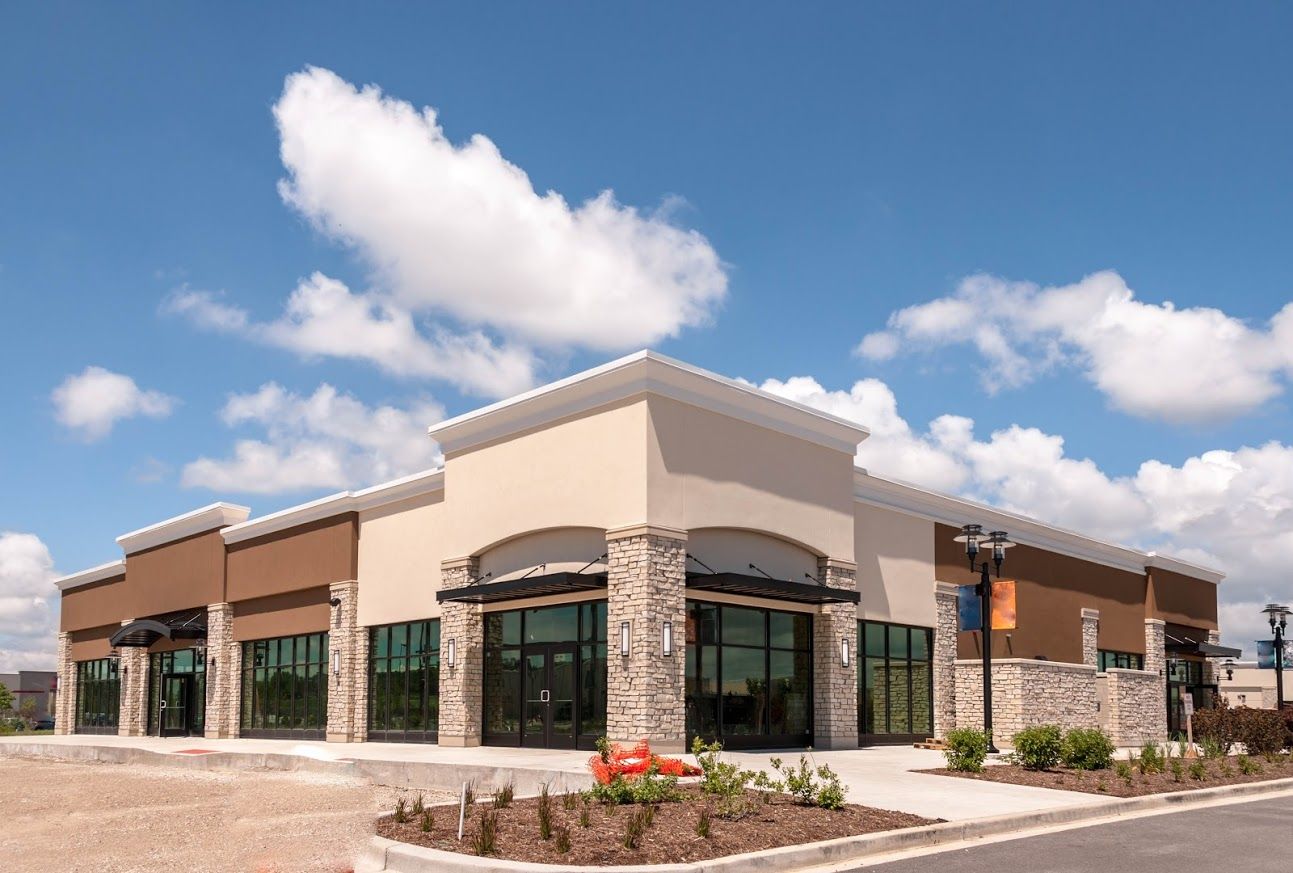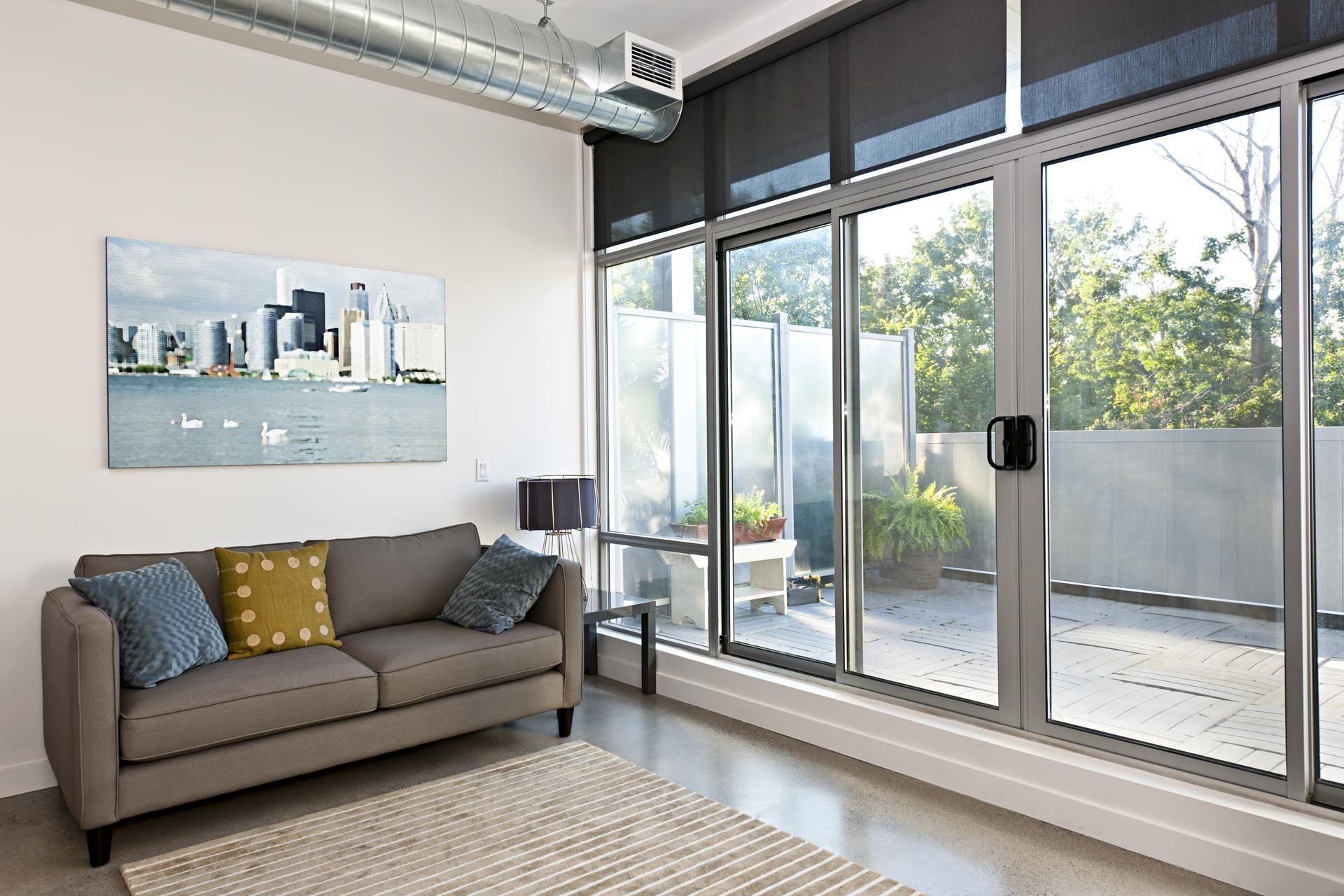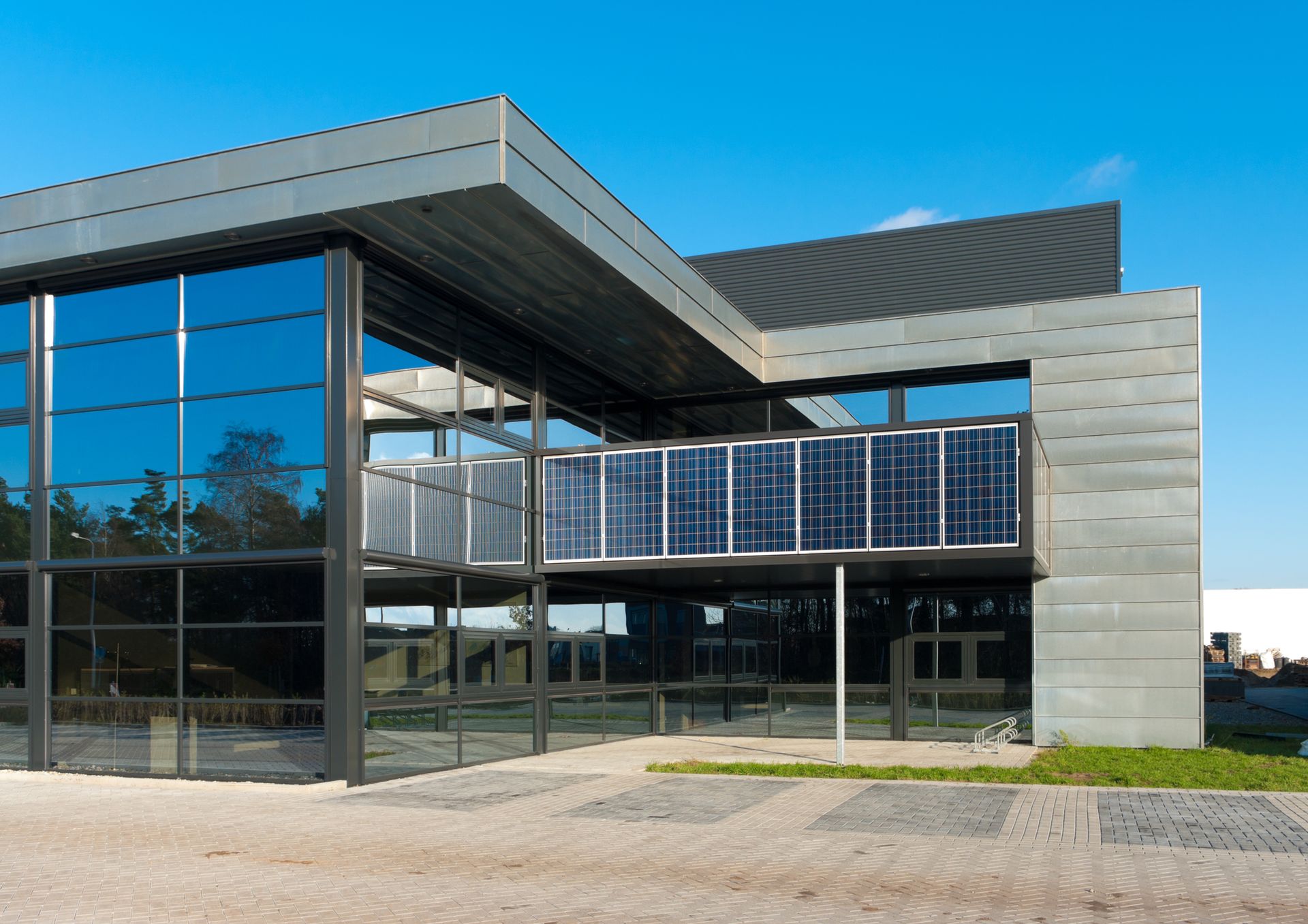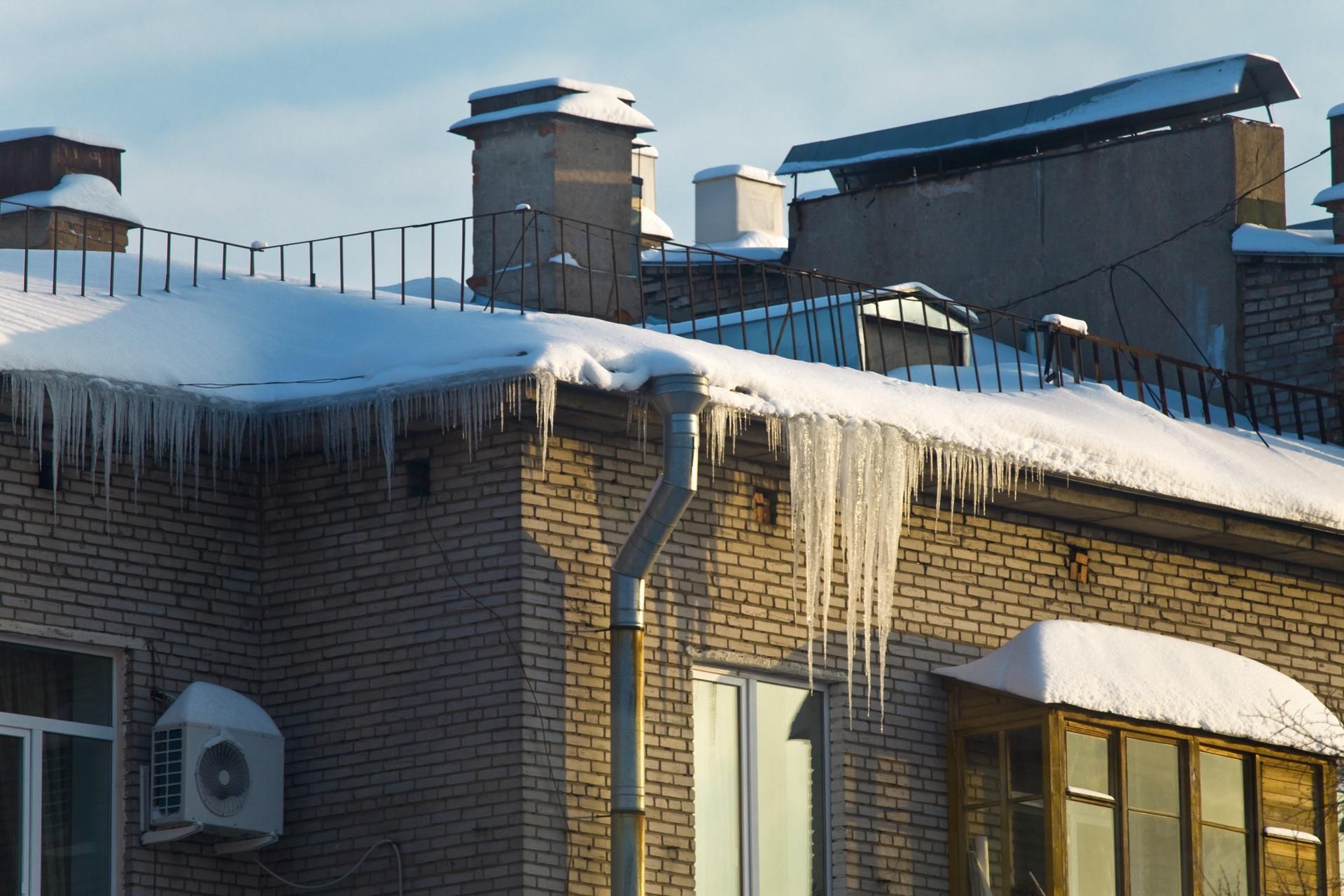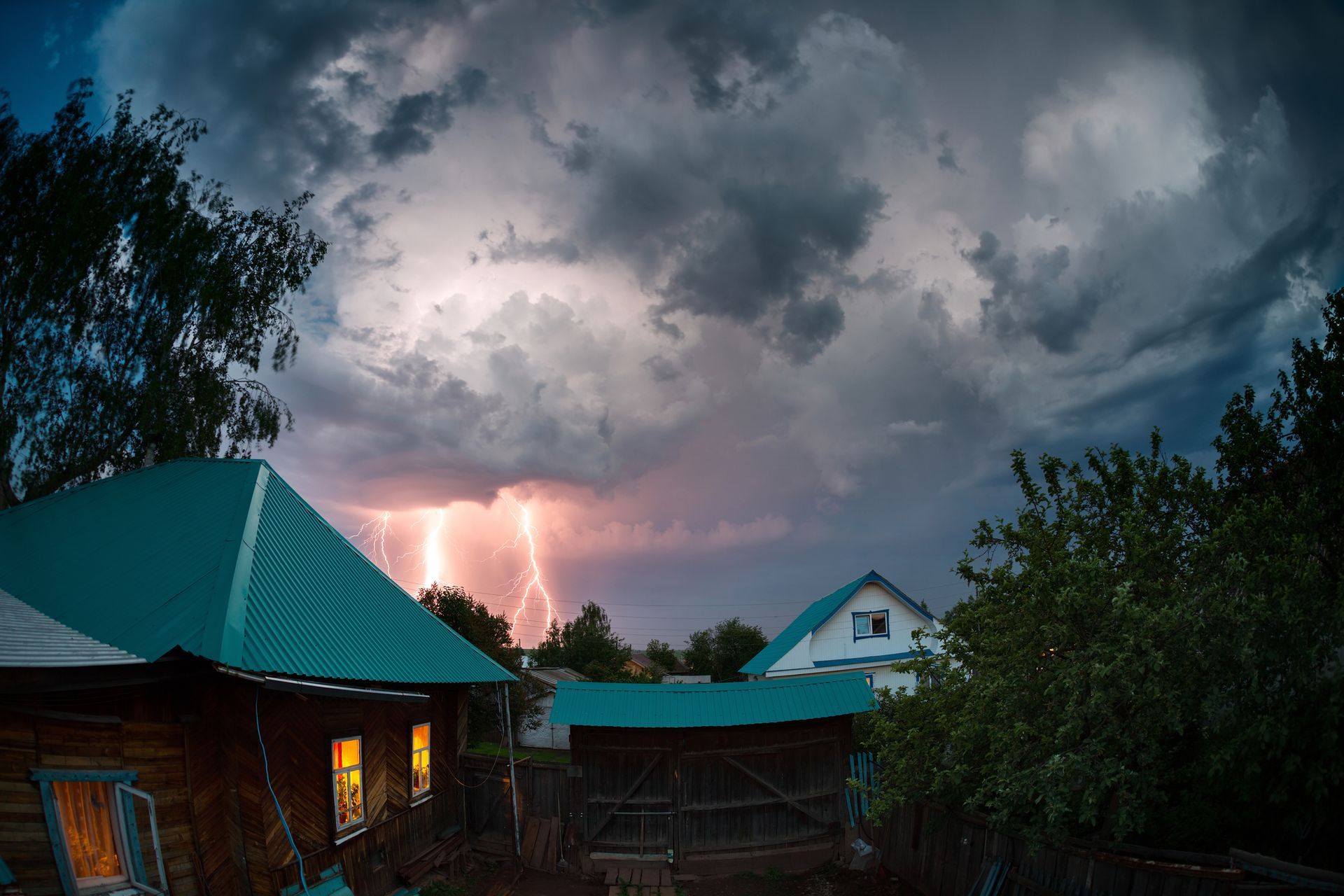3 Drainage Options for Flat Roofs
Flat roofs do not have the sharp slope that pitched roofs do, so gravity cannot help move water off them as easily. Water may collect as a result, which can harm the roofing system and result in building leaks. The absence of a suitable drainage system can also lead to leakage through roof ventilation, such as chimneys or air vents.
Thus, you must construct a reliable drainage system on your flat roof to prevent these problems. Here are three options to choose from for your flat roof.
1. Gutters and Downspouts
Your roof must have an adequate slope for the water to run off to the sides rather than collect in the middle if you intend to install gutters and downspouts.
Your technician will install gutters around the roof's edge to collect rainwater as it runs off. The water then flows down the gutter and into a downspout. This vertical pipe empties into a designated drainage area. Gutters and downspouts offer a low-cost drainage option. Also, they are cheaper and simple to repair or replace if the gutter gets damaged.
However, this system also has its downsides to contend with. Their design exposes them to the weather, and they can get quickly blocked by leaves and other debris that the wind blows around. In addition, wildlife can decide to make these gutters their home, which will only worsen the clogging.
You must regularly repair your gutters and downspouts to avoid these problems. Regular debris removal and inspections for wear or damage as part of routine maintenance can help avoid issues.
2. Internal Drains
Internal drains are a wonderful option for flat roofs since they may properly drain water without the need to clutter your roof with drainage pipes. The drains, often located in the center of the roof, link to pipes underneath the roof. Thus, the pipes can still channel water away from the building.
You can strategically place the drains to prevent water collection in specific areas. You can also fit the drains with a special filter to capture any debris or leaves that can cause a clog.
Internal drains offer an aesthetically attractive solution because you can conceal the pipes rather than install them on the sides and ruin the appeal of your flat roof. They are also simple to maintain and repair. Installation expenses are typically greater than alternative options. Still, since you do not need to change any gutters or downspouts, maintenance costs are typically lower.
However, interior drains can still clog without the right filters. If a pipe does break, water might leak inside the structure rather than flow down the exterior. Thus, routine upkeep and cleaning are still necessary to guarantee the system functions properly and to identify any possible issues before they become serious.
3. Scuppers
Scuppers are a good drainage option for flat roofs with a wall or small lip. Scuppers are openings around the roof's edge where water can flow into a drainage system from the roof. This framework maintains proper roof drainage and offers a clutter-free, far less expensive alternative to gutters. Also, scuppers rarely get blocked and require almost no maintenance.
Ensure the roof has a good slope towards the scupper for efficient water drainage. The scupper must also have the proper size to meet the building's drainage requirements. The scupper can get blocked if it is too small.
A roofing technician can help you choose and install the right drainage option for your flat roof. Contact us at Flat Roofing Experts, LLC, for professional assistance with flat roof installations, repairs, and maintenance. We serve property owners located within Albuquerque, NM, and the surrounding regions.

